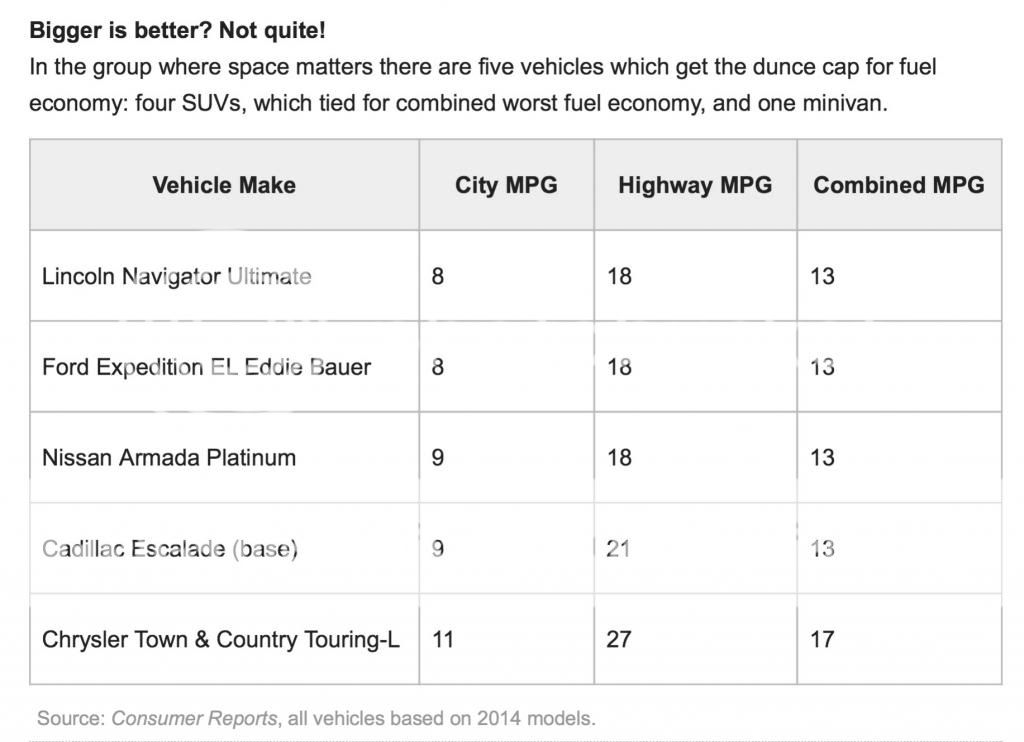All the back and forth about the size of the tank and whether the U.S. tank really is smaller retraces the steps of my research and back-and-forth thinking. At one point, I fully believed that all the confusion must surely be the result of a mix-up between U.S. and Imperial gallons. It was so difficult to get clear reliable information on this subject that I even discussed with the salesman that if we couldn't otherwise verify the size of the tank, before taking delivery, I would ride with their service technician to a gas station when he preps the car for delivery and watch as he fills the REx tank!
But according to the salesman, the U.S. owner's manual for the i3 (same book for both the i3 BEV and i3 REx), says the tank capacity in the REx is 1.9 gallons. (It's my understanding that the tank is actually measured in liters, and is 7 liters for U.S. models and 9 liters for Euro models. We round that to 1.9 and 2.4 U.S. gallons, though the conversion from 7 liters actually equals 1.85 gallons for example.) The best, really, the only, theory I've heard is that the smaller tank was installed to qualify the car as BEVx under CARB regulations.
We live in Arizona, which is not a CARB state. (It was a few years ago, but not now.) It would be great if BMW would sell a non-CARB version of the car with a larger tank. HEAR THAT, BMW?
Also, a friend now on a trip to Belgium says he'll stop into a BMW dealer there and ask if he can order and buy the tank (the Euro 9-liter version of course) from their parts department. He's not planning to actually buy it; just doing some research to find out if he could. When I find out whether the tank is available and, if so, what the cost is, I'll consider next steps. I suppose I could take the Euro tank to my BMW dealer and ask them to put an i3 REx up on a hoist and, without actually doing it, tell me whether the Euro tank would fit. I'm pretty sure the dealer wouldn't be willing to do the installation, but I should be able to find a friendly mechanic. Of course, I'd love to find out that someone else has successfully done it first . . . .
I think we'll end up with an i3 REx some day. We just needed some time to get more and better information to sort this whole matter out.



















![Electric Spin Scrubber, [IPX7 Waterproof ] [50KG Torque] Shower Scrubber with 9 Brush Heads, 2 Speed Mode, 4 Adjustable Angles, Electric Brush for Cleaning for Bathroom Floor Tile (Gray)](https://m.media-amazon.com/images/I/51R1fR54smL._SL500_.jpg)































